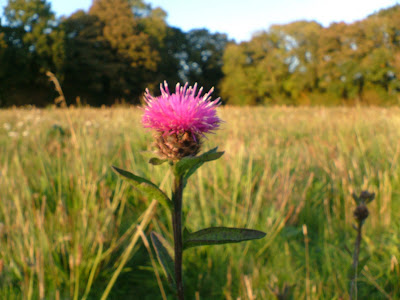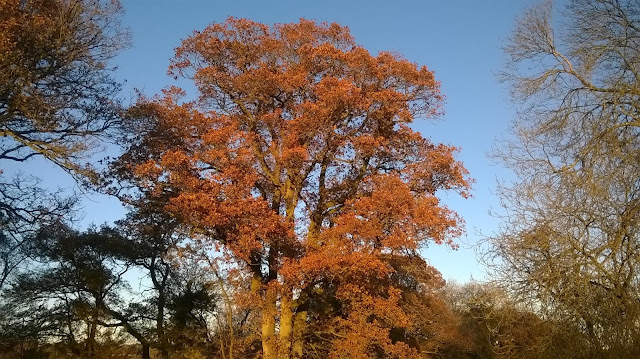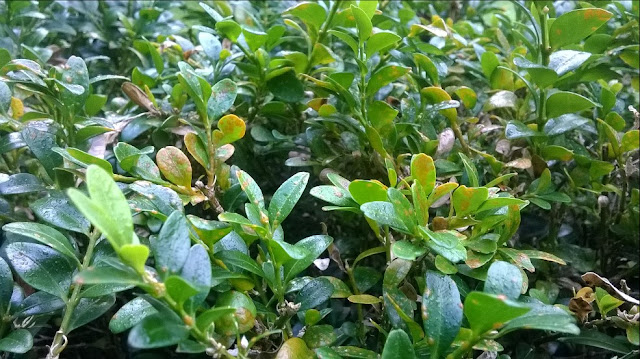




Mark and Olivia Cooper-Portland live in a large country house situated in a leafy lane near the village of Chute. With another house in London and busy lives high flying in financial institutions in the city and charities, they do enjoy coming down to the country for a well earned rest. They are both very keen on the garden and the natural world. Mark in particular is a keen bird spotter, so we have put up numerous bird boxes around the garden.In the late summer of 2007 we decided to create, with some twenty acres of land adjacent to the house, a wildflower meadow, with the idea of creating a habitat for all sorts of wildlife and flowers.
To create a meadow of this size is quite a task, so we engaged the aptly named Charles Flower from Flower farm in the village of Shalbourne to act as a consultant. Charles successfully turned some of his paddocks into amazing fields of wildflowers some years ago and now acts as an adviser to those seeking to do the same thing, as well as opening his property to the public in the summer.
The first thing to consider when planting wildflowers is that perhaps surprisingly, the poorer the soil in terms of nutrients the better they like it. Our land had previously been used for cereals so we were worried it might be a bit to rich, but were assured by Charles that with careful management things would be fine. The local farmer ploughed and prepared the seed bed and a special mix of flower and grass seed was scattered in. It is important that the grass seed in your wildflower mix is of a non vigorous variety so it doesn't swamp the flowers. Planting should ideally be in late summer, because some flower seeds need to overwinter and get frost on them in order to germinate the following spring.
It takes a number of years for the flowers to become fully established, but as you can see from the photos one year on we are not doing to badly. Wonderful daisies, knapweed and scabious are in abundance. To finish off this exciting creation it was decided to put in an avenue of Oak trees to enable generations of cooper-portlands to enjoy a picnic in the meadow under the spreading branches of the old oak trees.
( pictures from top to bottom: 1,planting the Oak avenue commences. 2, One year on. 3, Wildflower mix one year after planting. 4, beautiful knapweed.
( pictures from top to bottom: 1,planting the Oak avenue commences. 2, One year on. 3, Wildflower mix one year after planting. 4, beautiful knapweed.
General discussion and your views are welcome please say hello. I regret however because of my busy schedule, I am unable to answer many questions. Sneaky advertising will be deleted sorry. Thanks so much for visiting my blog today.
































